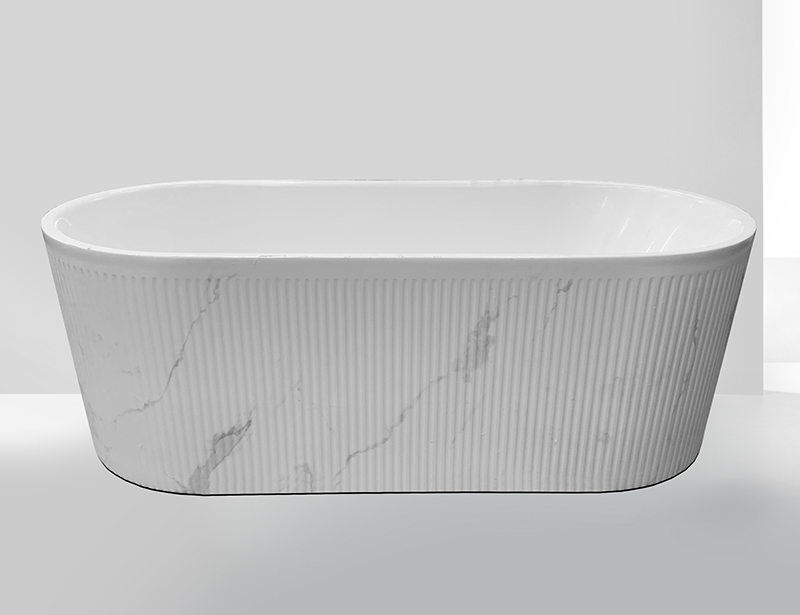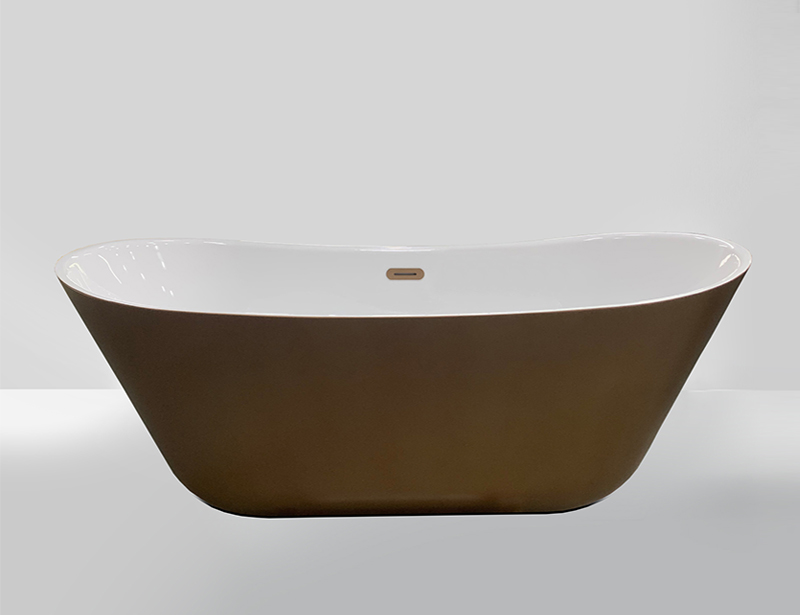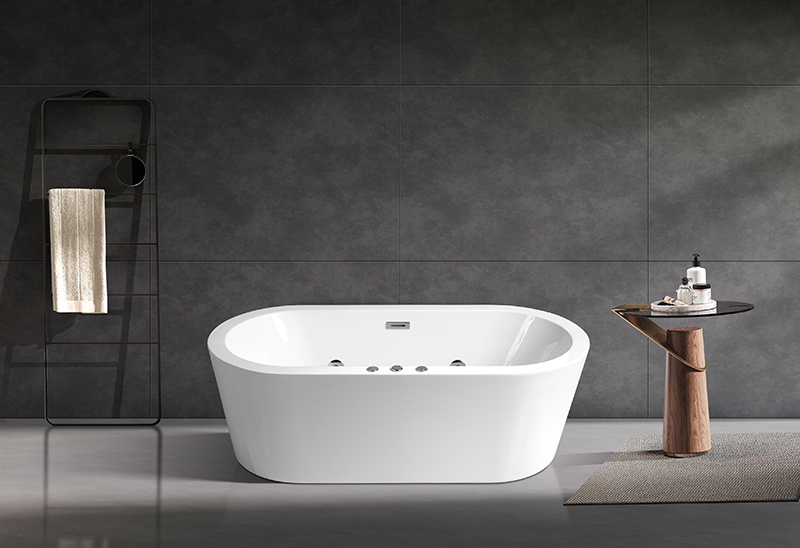Clawfoot bathtubs due to their design and freestanding nature, may pose challenges for individuals with mobility issues or physical disabilities. However, there are considerations and adaptations that can be made to enhance accessibility and make clawfoot bathtubs more suitable for individuals with mobility challenges:
Low-Profile Models:
Some clawfoot bathtubs come in low-profile designs, making it easier for individuals with limited mobility to enter and exit the tub. These models may have a lower rim, reducing the step-over height.
Grab Bars and Handrails:
Installing grab bars or handrails near the clawfoot bathtub can provide support for individuals when entering or exiting the tub. These safety features can enhance stability and reduce the risk of slips or falls.
Portable Steps or Stools:
Consider using portable steps or stools to provide a lower and more gradual step for individuals with difficulty stepping into higher bathtubs.
Walk-In Clawfoot Tubs:
Some manufacturers offer walk-in clawfoot tubs that combine the elegance of a clawfoot design with the accessibility of a walk-in tub. These tubs often have a door for easy entry and exit.
Transfer Benches:
Transfer benches can be placed near the clawfoot bathtub to assist individuals in moving from a wheelchair to the edge of the tub. This can make the transfer into the tub safer and more manageable.
Shower Conversion Kits:
Convert the clawfoot bathtub into a shower by using a shower conversion kit. This allows individuals to shower while seated, providing a more accessible bathing option.
Non-Slip Mats:
Use non-slip mats both inside and outside the clawfoot tub to reduce the risk of slipping.
Professional Assessment:
Consult with a healthcare professional or occupational therapist to assess the specific needs of individuals with mobility challenges. They can provide personalized recommendations for adapting the bathroom space.
Bathroom Accessibility Design:
Consider an overall bathroom design that prioritizes accessibility. This may include features such as wider doorways, barrier-free shower entries, and additional grab bars strategically placed throughout the bathroom.
It's important to note that while these adaptations can improve accessibility, clawfoot bathtubs may not be the most practical option for everyone with mobility challenges. In some cases, alternative bathing solutions such as walk-in tubs or roll-in showers may better meet the needs of individuals with more severe mobility limitations.
Before making any modifications, it's advisable to consult with a healthcare professional, accessibility expert, or a contractor experienced in accessible design to ensure that the adaptations are suitable and safe for the specific needs of the individuals using the bathroom.
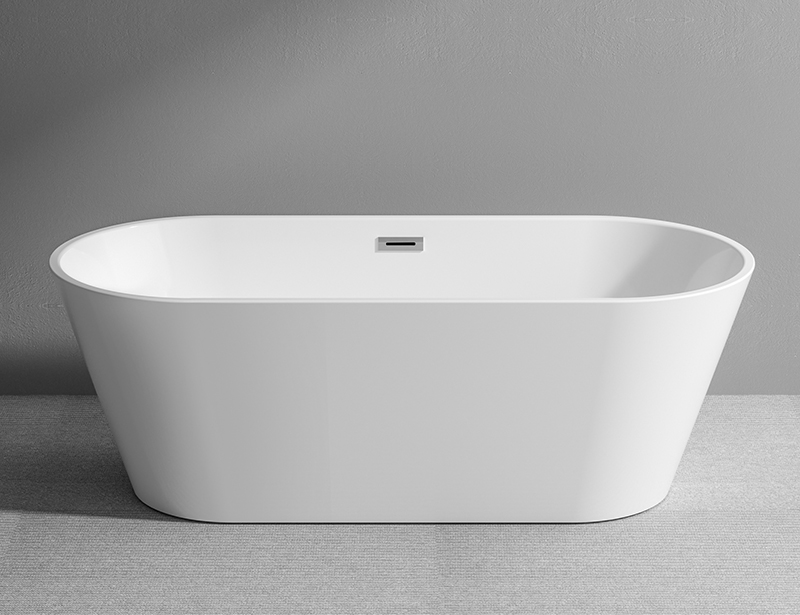
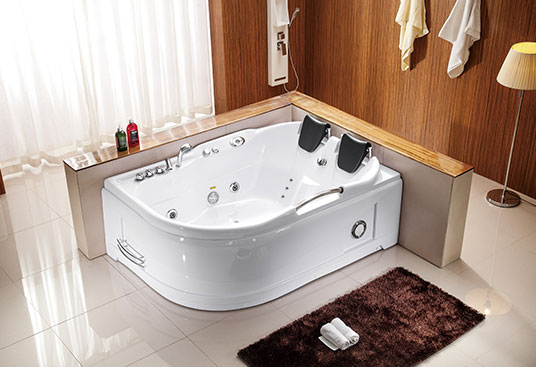
.jpg)
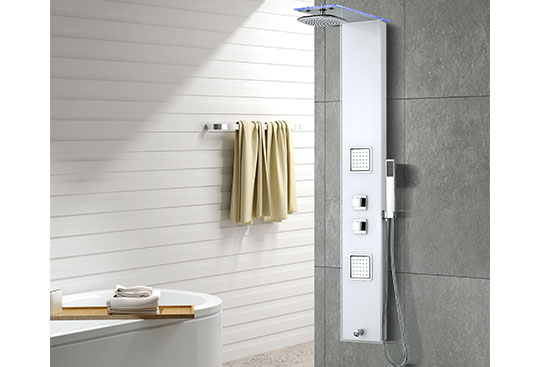
.jpg)
